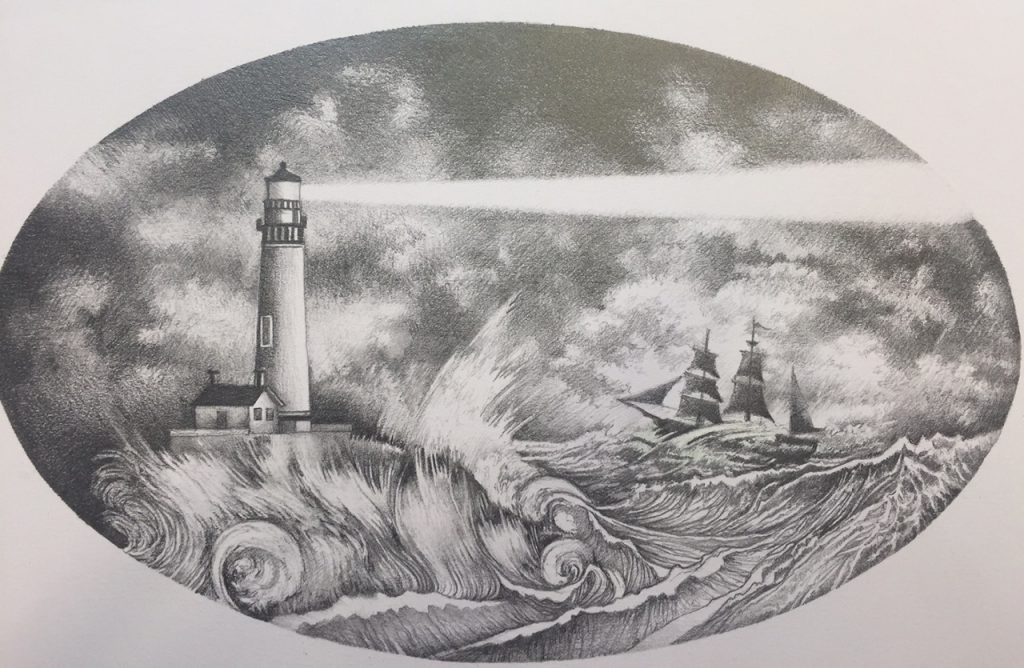If you’re studying this book as part of a reading group, here are a few extra resources to help you on your way…
This story is loosely based on Child Ballad 113: The Great Silkie of Sule Skerry. Discover the original text here…
The selkie is one of the Grey Seal Clan. Learn more about grey seals and their habits here.
Discover the real Sule Skerry, and its historic lighthouse….
Need a themed tipple to help your discussion along? Try these Scottish cocktails…
Discover Bonnie’s artwork here.
I wrote a piece about mermaids, selkies, etc. in world folklore. Read it here.
Questions for Group Discussion:
- Most selkie stories focus on the entrapment of a selkie woman by a human man. Why do you think the author chose to write her version of the story the other way around?
- The selkie is specifically said to have brown skin. In what way do you think this could be interpreted as a fable about race or slavery?
- Flora entraps the selkie, and yet she too is a victim. In what way would you say the author allows the reader to feel sympathy for both Flora and the selkie?
- The selkie rediscovers his love of the sea by joining the crew of a whaling ship. In what way are his instincts guiding him without his knowledge?
- How has Flora’s father adapted to life as a gunner? In what way is his attitude to the selkie shaped by his own experiences?
- The crew of the whaler reject the selkie when he refuses to kill his own kind. In what way is this a story about the price that has to be paid for belonging to a community?
- In what way can Flora be said to have used the selkie in order to have a child? In what way could this be said to have parallels in modern society?
- Flora, her mother and her grandmother all share the same secret. In what way is this a story about women working together to fight against an oppressive patriarchy?
- In what way is this a story about the conflict between Nature and Nurture?
- The scenes aboard the whaling ship are both graphic and brutal. Why do you think the author chose to focus on this violence?
- What do you think is the relationship between the selkie and the lighthouseman?
- This book uses a great deal of sensuality: in what way does it contribute to the story?
- Names are important in this tale. To what extent is the naming of the selkie a part of his enslavement, and what real-life parallels can you think of?
- Although the characters have done many bad things to themselves and to each other, there is a degree of redemption at the end of this story. What message do you think the author was trying to put across here?
- Now that the child is born and the selkie has regained his identity, do you think the selkie and Flora can stay together? What do you think will happen to the child?

